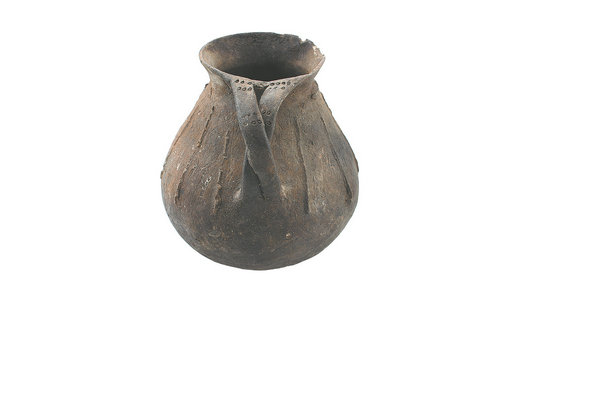
Recent discoveries have shed fascinating light on ancient dwellers living along the Mapu Tsho Lake in Kangmar county, Shigatse, the Xizang autonomous region.
Recent archaeological findings suggest that humans living 4,000 years ago relied on fish resources from lakes to survive and thrive in extremely high-altitude environments. The site rests at an average elevation of 4,400 meters in the northern section of the central Himalayas.
According to the Institute for Cultural Relic Conservation of Xizang Autonomous Region, the Mapu Tsho heritage site has been identified as the earliest Neolithic lakeside area in the heartland of the Qinghai-Tibet Plateau with the highest altitude and longest duration.

In 2017, the Mapu Tsho heritage site was discovered by residents during a road construction project.
Kangmar translates to "red house" in the Tibetan language. Historically, Kangmar has been home to numerous Tibetan Buddhist monasteries and plateau lakes, with Mapu Tsho being one of them.
From the map, the lake appears as an inconspicuous small body of water, but through the excavations of archaeologists, the remains of an ancient settlement have been revealed.
Shargan Wangdue, deputy head of the Institute for Cultural Relic Conservation of the Xizang Autonomous Region, says the excavation and multidisciplinary research of the Mapu Tsho site have, for the first time, identified the "origin" of prehistoric culture in the central part of Xizang dating back 4,000 years.